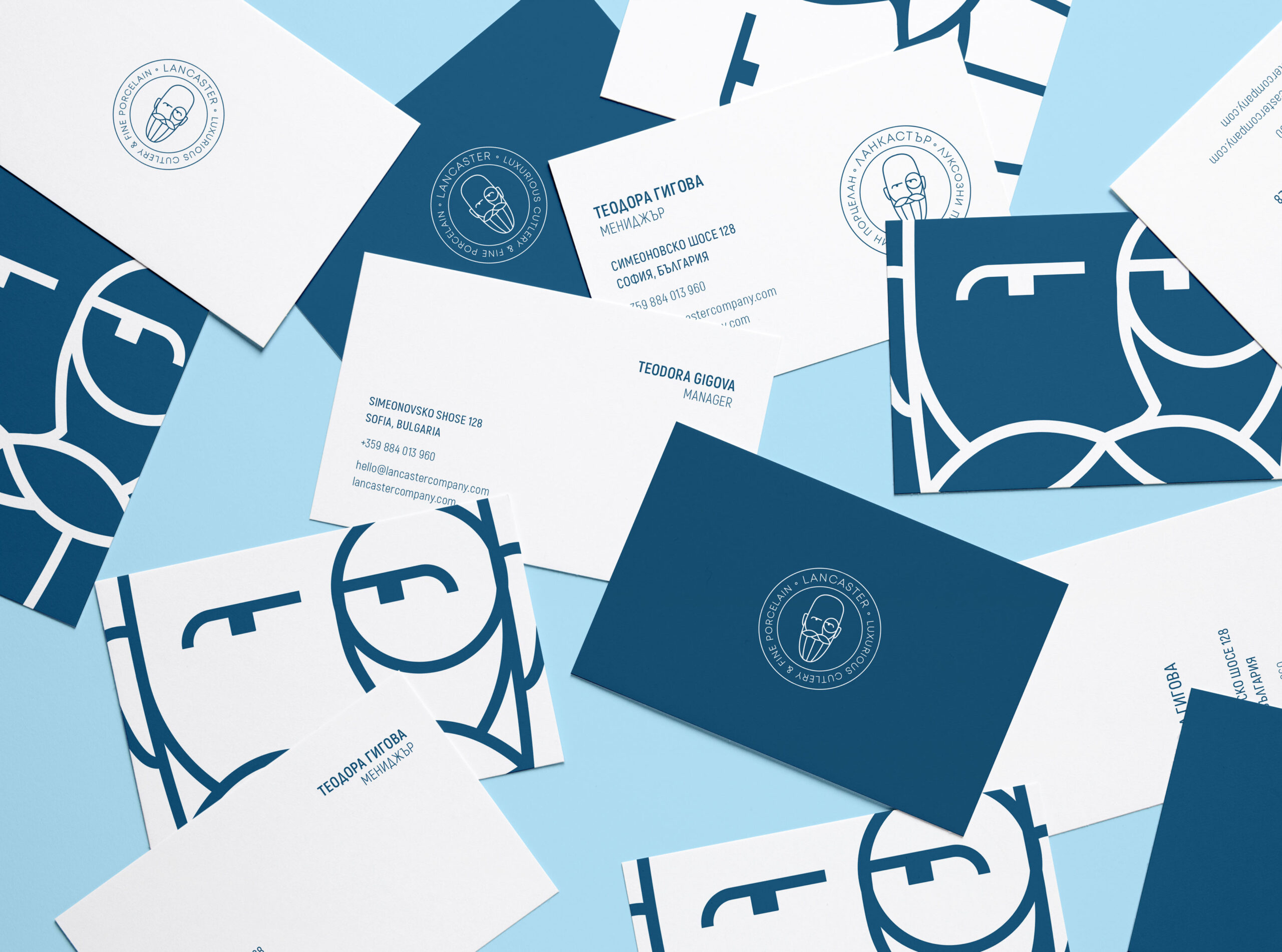Findacam Website Prototype: A Student's 2020 UX/UI Design Project
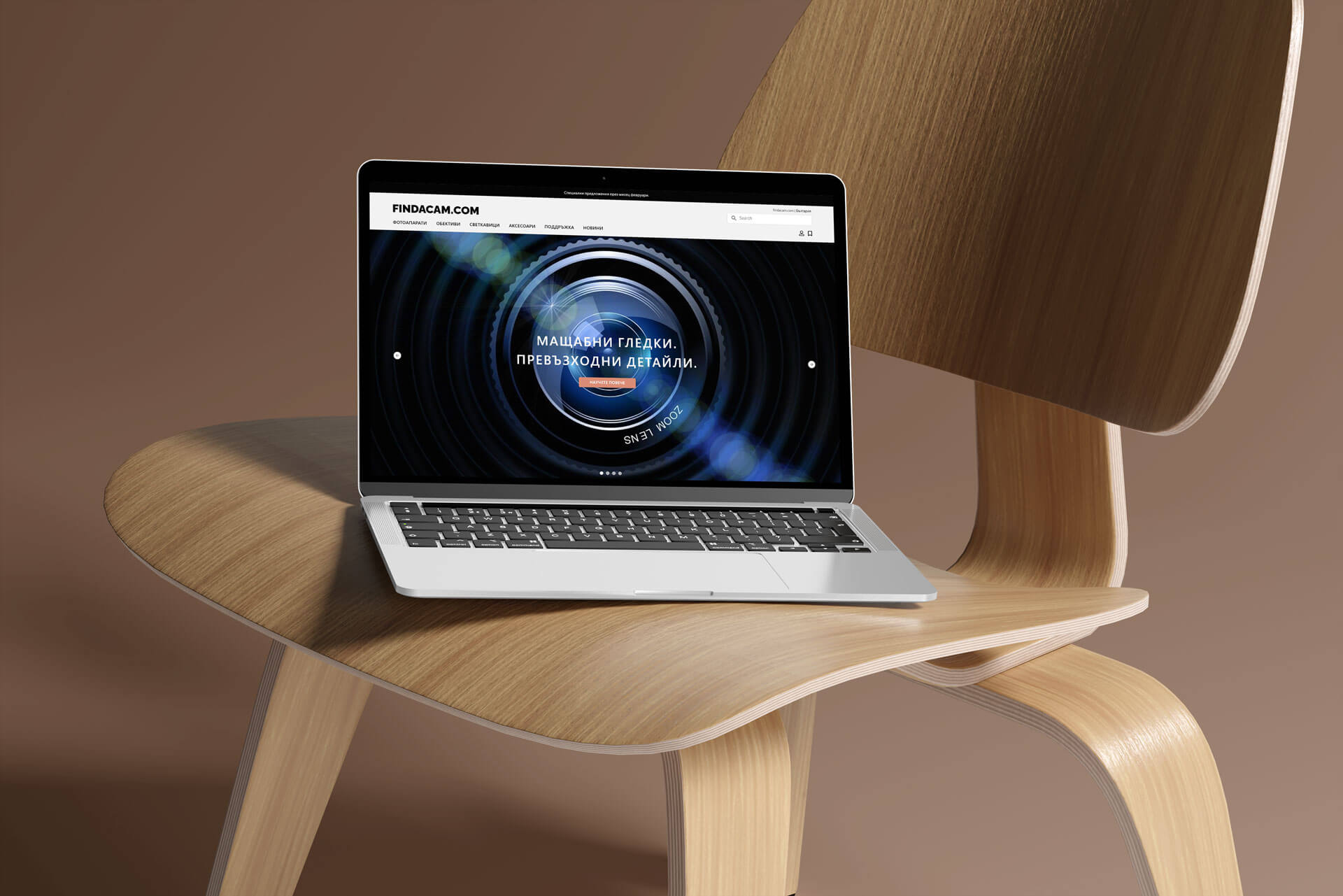
Project Overview
Findacam is a 2020 prototype of a website designed to aid professional photographers and enthusiasts in their search for the best available camera. The project aimed to streamline the research process, offering tips and tricks to enhance the user experience. The primary focus was on achieving a seamless user experience and an intuitive user journey.
The Challenge
The challenge was to develop a minimalist, aesthetically pleasing website within a constrained timeframe as part of the final exam for a UX Design course at SoftUni Creative. The website needed to be user-friendly, allowing photographers to easily find and compare cameras. Frequent user testing was integral to the design process, necessitating swift and smart adaptations based on feedback.
The objectives include:
- Achieve a superior user experience and user journey.
- Design a well-functioning, easy-to-navigate website.
- Implement a minimalist design that enhances usability.
- Conduct iterative user testing to refine the prototype.
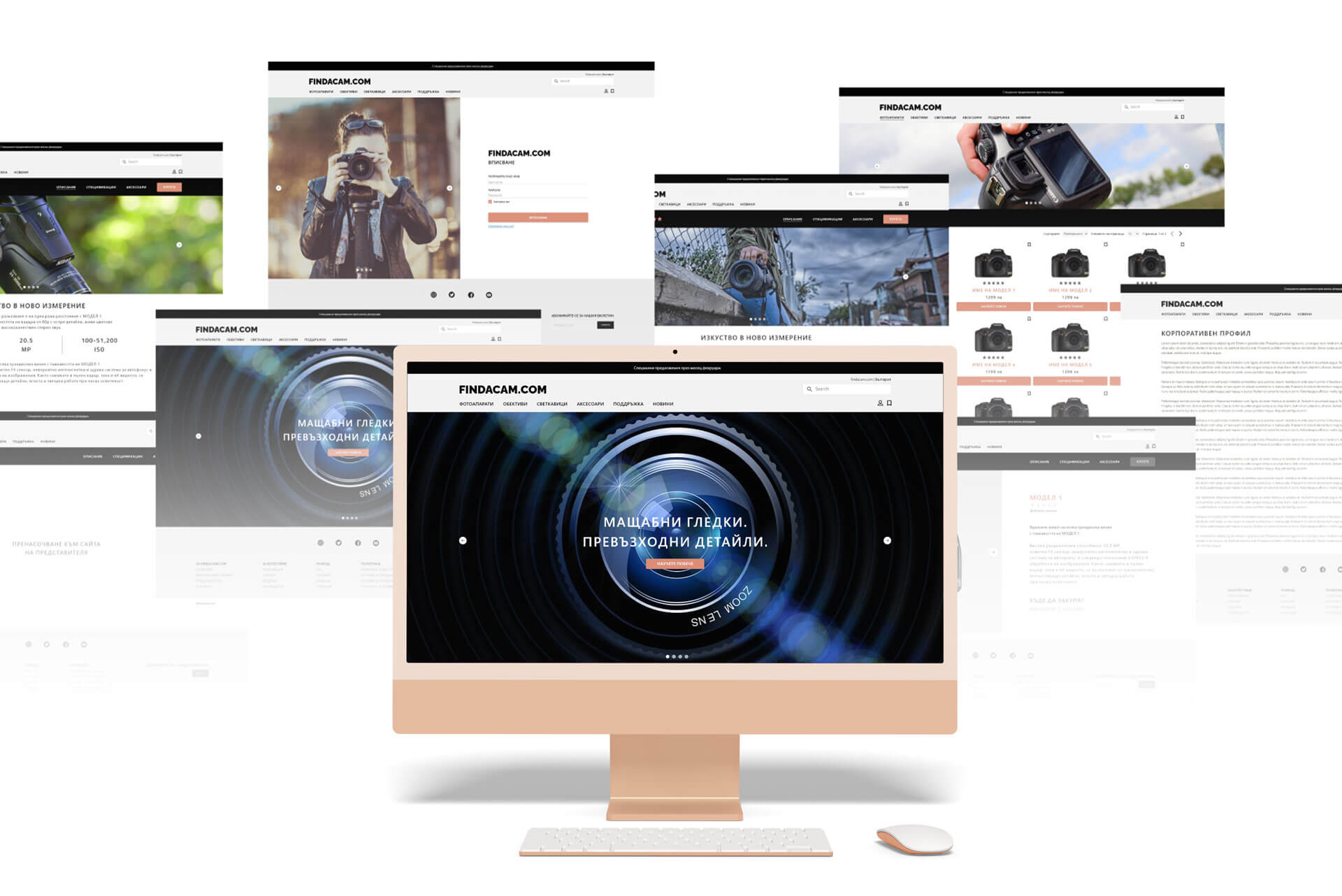
The Process
1. User Persona
Due to time constraints, one user persona was created. This persona encapsulated the key characteristics of the target audience, guiding design decisions.
2. User Journey
Two user stories and storyboards were developed, outlining the typical interactions and paths users would take on the website. This helped in creating a user journey that was simple yet effective.
3. Paper Prototype + Site Mapping
A paper prototype was quickly sketched, providing a tangible layout for initial feedback. Site mapping was crucial to ensure that all categories and subcategories were logically organized for ease of navigation.
4. Digital Prototype
Using Adobe XD, a digital prototype was created based on the paper prototype and initial feedback. This version incorporated necessary adjustments and improvements.
5. User Testing
Over 20 people participated in testing the digital prototype via an online platform. Their feedback was collected and analyzed, leading to significant design improvements.
6. Feedback & Revisions
Based on the user tests, several updates were made to the prototype, ensuring that it met user needs and expectations. The final version of the project was refined and ready for presentation.
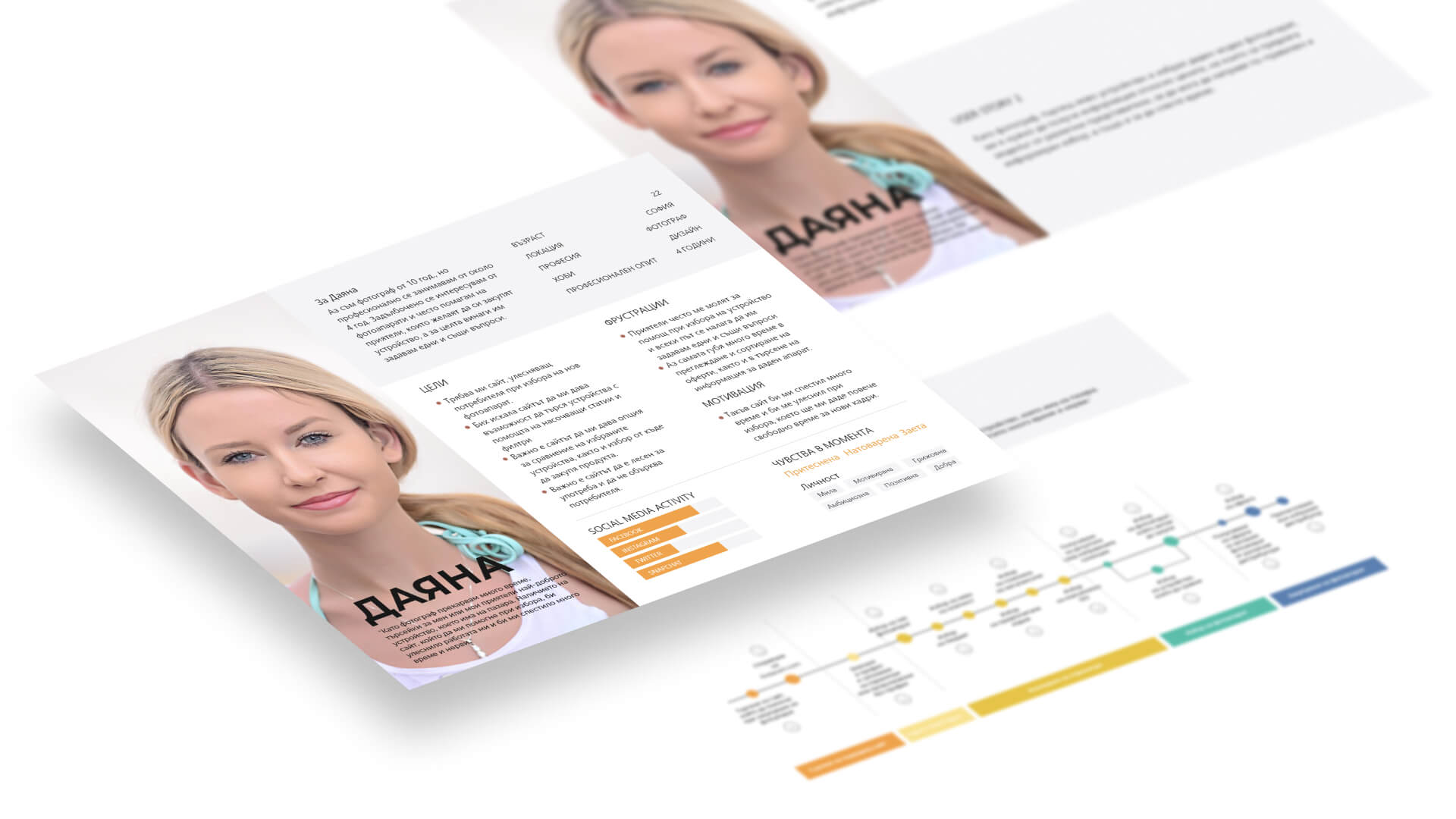
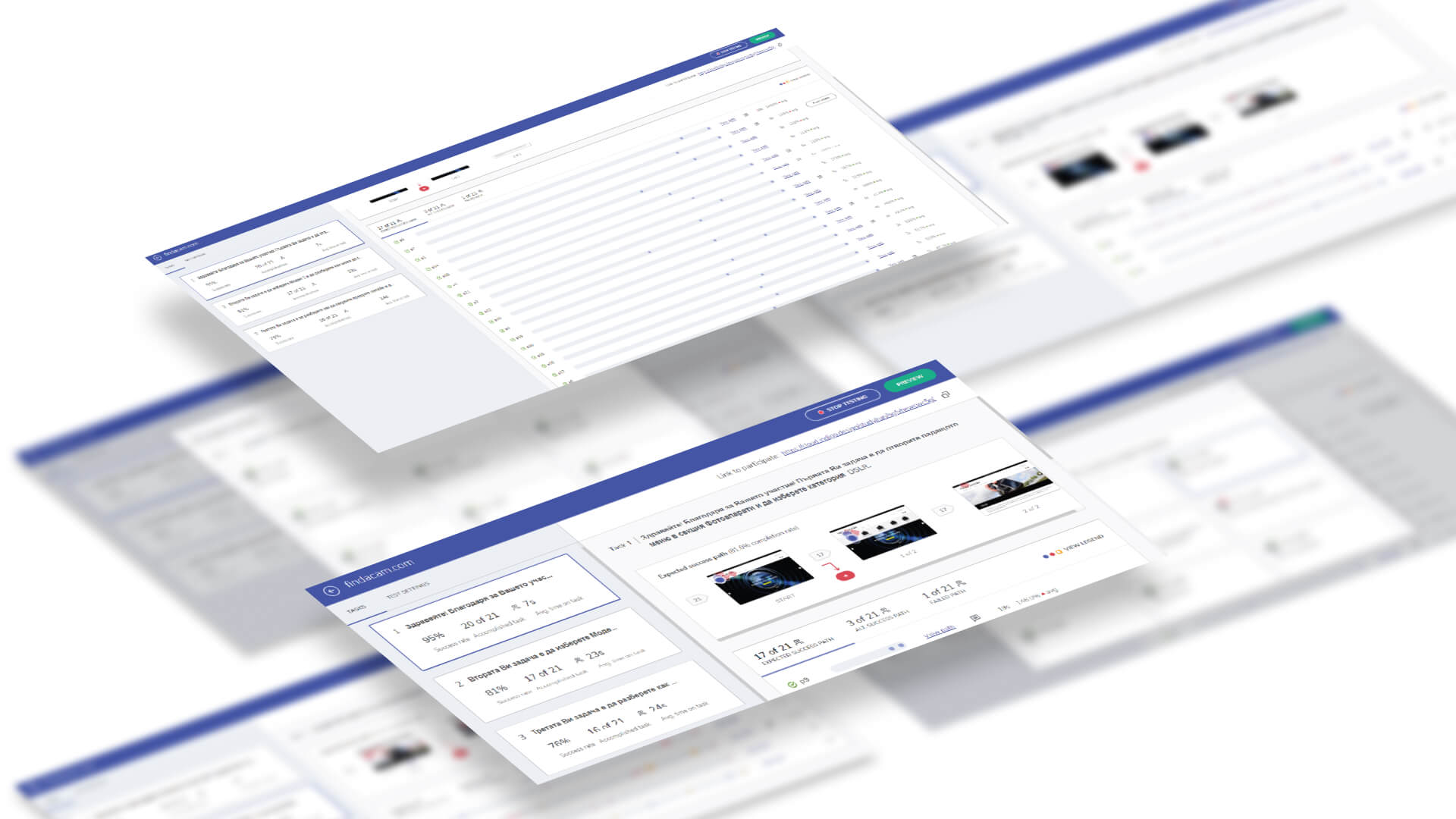
Project in Numbers
20+
Usability tests
5+
In-depth interviews
10+
Screens
95/100
Final score
The Solution
Design Based on Users’ Needs
The final design was minimalist, driven by data from user tests. This approach ensured that the prototype focused on user requirements, resulting in a user-centered design.
Easily-understood Website
The site featured intuitive categories such as Cameras, Lenses, Flashes, News, Maintenance, Accessories, and the Homepage. Subcategories were accessible through simplified submenus. User feedback guided the refinement of each category for optimal usability.
User-defined Process
The design process was highly iterative, involving users at every stage. Surveys, persona definitions, user journeys, paper prototypes, and digital prototypes were all part of a comprehensive feedback loop that continuously improved the design.

The Results
Project Goals Achieved
- A superior user experience and user journey.
- A well-functioning and easy-to-navigate website.
- A simple, minimalist design that enhances usability.
- Continuous improvement through extensive user testing.
Positive Feedback from Users
The overall user feedback was overwhelmingly positive. Users found the website easy to navigate and effective in helping them find the right camera. The site was deemed useful and likely to be well-received in the market. Some suggested updates to the design and positioning of call-to-action (CTA) buttons were considered for future iterations.

Reflection
The Findacam project exemplifies the power of user-centered design and iterative development. By involving users at every step and making smart, swift adjustments based on feedback, the project achieved its goals within a tight timeframe. The result is a functional, aesthetically pleasing prototype that meets the needs of its target audience, setting a strong foundation for future development and refinement.


